Category: Uncategorized
-
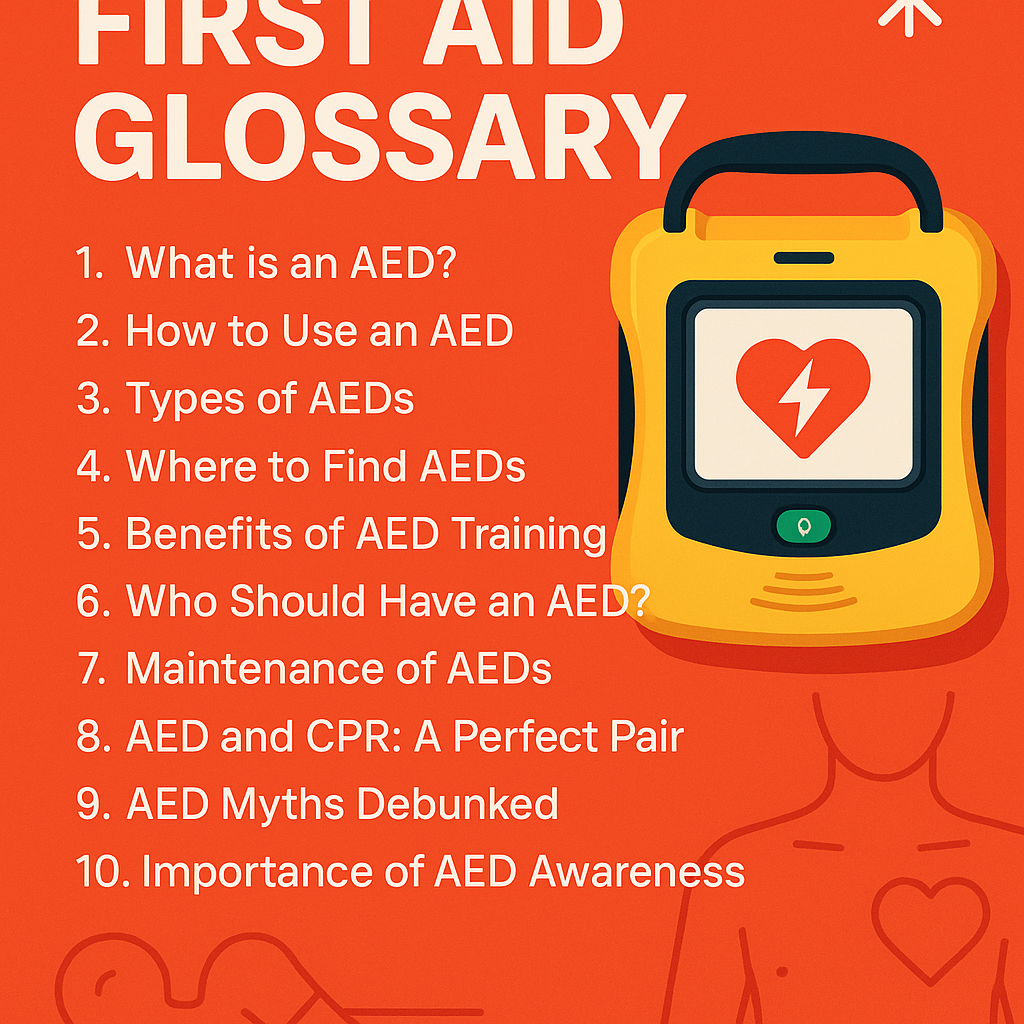
1. What is an AED? 2. How to Use an AED 3. Types of AEDs 4. Where to Find AEDs 5. Benefits of AED Training 6. Who Should Have an AED? 7. Maintenance of AEDs 8. AED and CPR: A Perfect Pair 9. AED Myths Debunked 10. Importance of AED Awareness
An AED, or Automated External Defibrillator, serves as your emergency superhero, ready to jump into action at a moments notice during a cardiac crisis. With user-friendly features, even those without medical training can save lives by using this life-saving device effectively.
-
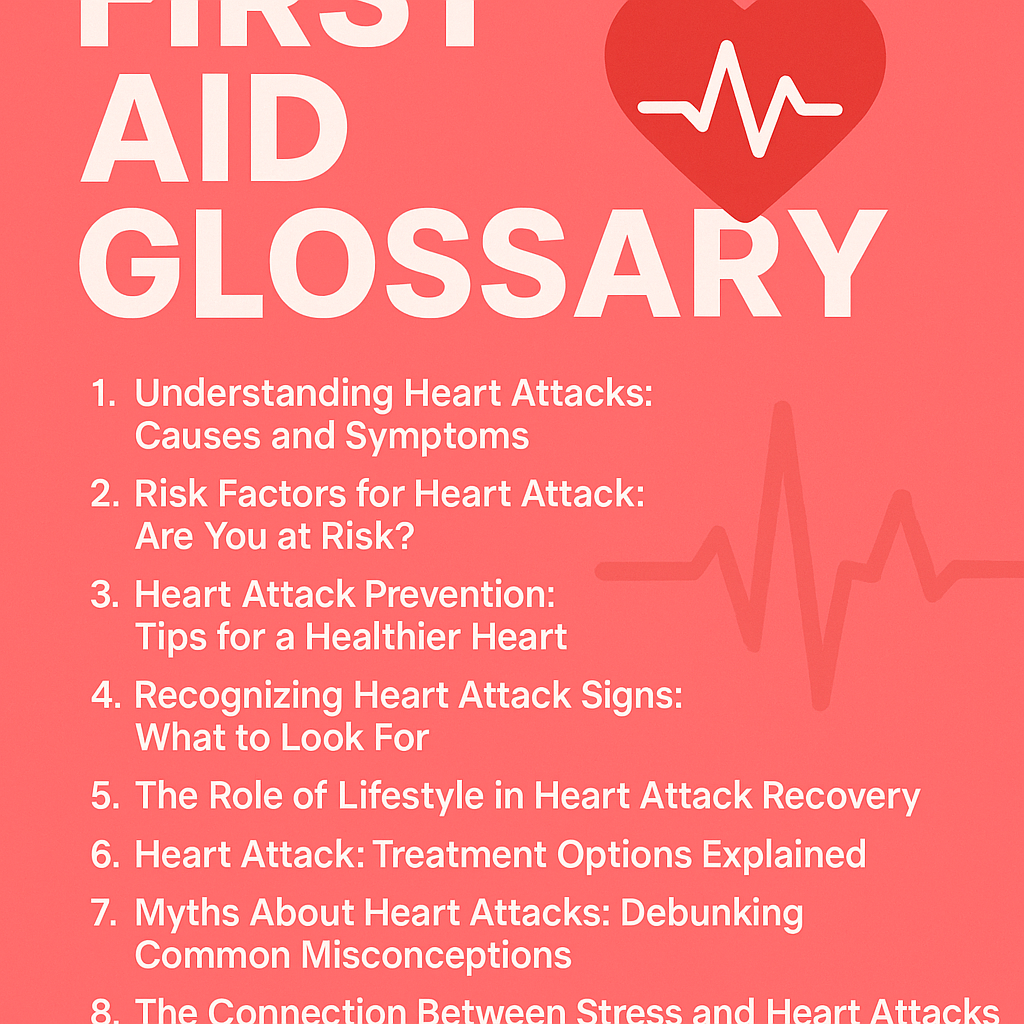
1. Understanding Heart Attacks: Causes and Symptoms 2. Risk Factors for Heart Attack: Are You at Risk? 3. Heart Attack Prevention: Tips for a Healthier Heart 4. Recognizing Heart Attack Signs: What to Look For 5. The Role of Lifestyle in Heart Attack Recovery 6. Heart Attack: Treatment Options Explained 7. Myths About Heart Attacks: Debunking Common Misconceptions 8. The Connection Between Stress and Heart Attacks 9. Eating for Heart Health: Diet Tips to Prevent Heart Attacks 10. Heart Attack Statistics: What You Need to Know
Understanding heart attacks is crucial for everyone, as recognizing the causes and symptoms can be lifesaving. From chest pain to shortness of breath, learning to identify these warning signs is the first step toward a healthier heart and preventing future incidents.
-
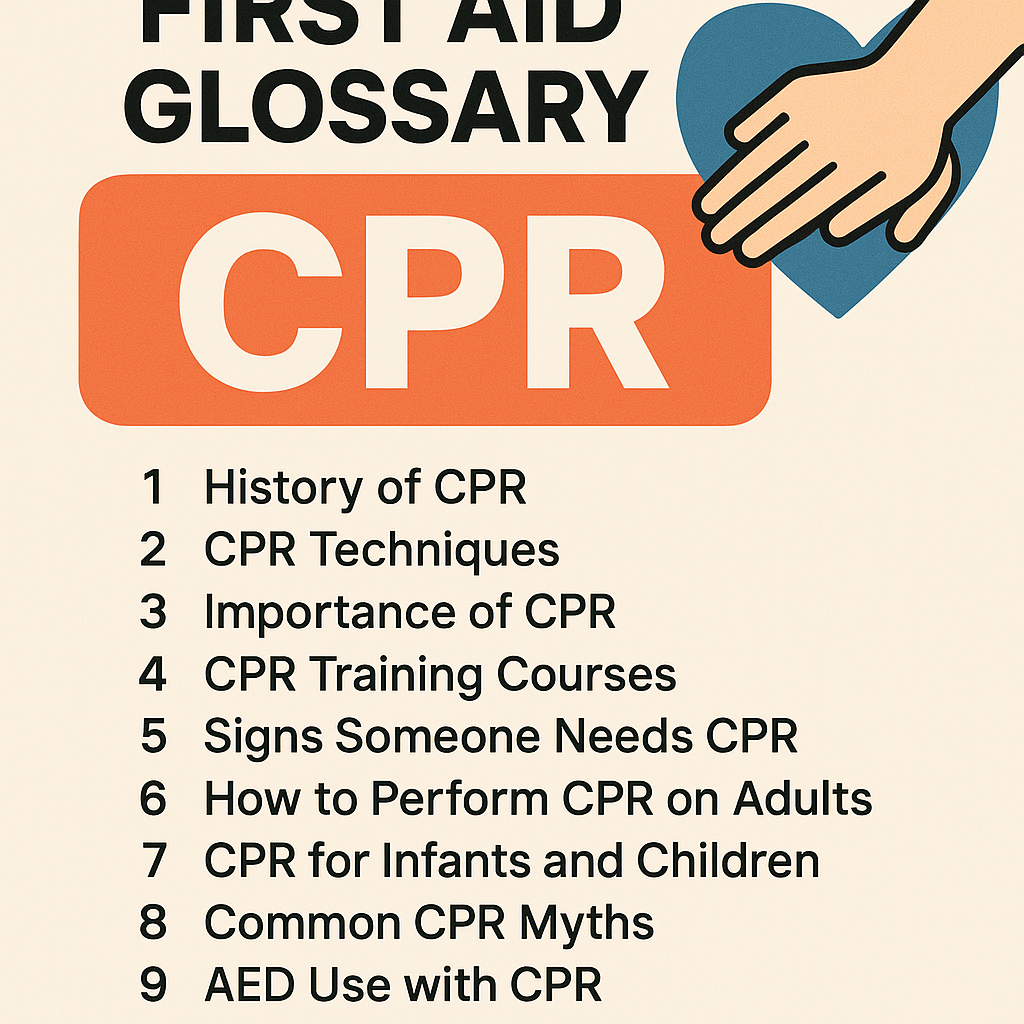
1. History of CPR 2. CPR Techniques 3. Importance of CPR 4. CPR Training Courses 5. Signs Someone Needs CPR 6. How to Perform CPR on Adults 7. CPR for Infants and Children 8. Common CPR Myths 9. AED Use with CPR 10. Legal Considerations for CPR Providers
In this comprehensive CPR guide, youll discover essential techniques and life-saving tips that transform bystanders into heroes in emergencies. From understanding the signs that someone needs CPR to demystifying common myths, we cover everything you need to know to confidently respond when it matters most.
-
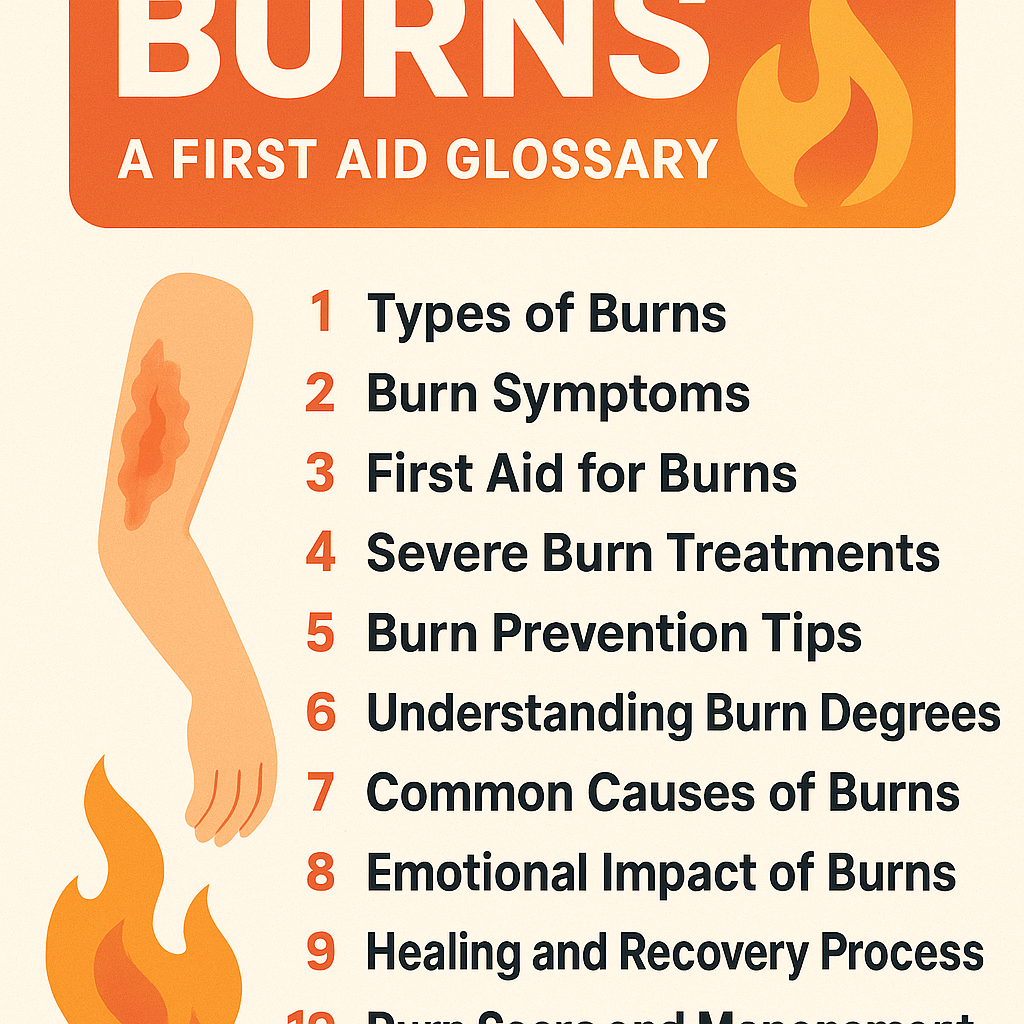
1. Types of Burns 2. Burn Symptoms 3. First Aid for Burns 4. Severe Burn Treatments 5. Burn Prevention Tips 6. Understanding Burn Degrees 7. Common Causes of Burns 8. Emotional Impact of Burns 9. Healing and Recovery Process 10. Burn Scars and Management
When it comes to **burn care**, understanding the different types of burns and their symptoms is essential for effective first aid. From soothing a minor sunburn to addressing severe scalds, knowing how to care for burns can make all the difference in recovery.
-
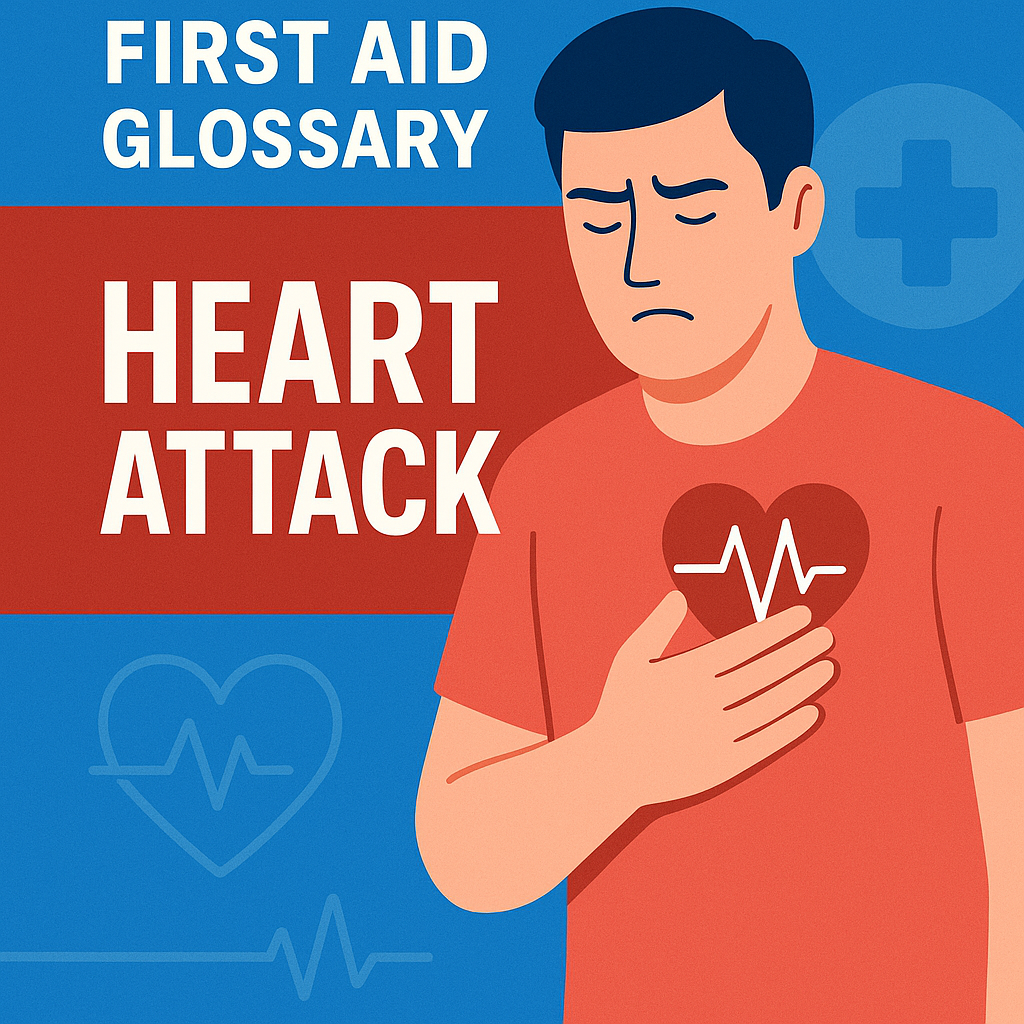
Heart Attack
Understanding the **heart attack definition** is crucial for recognizing the warning signs that could save a life. Just like knowing how to use a fire extinguisher in an emergency, being aware of the symptoms and risk factors empowers you to act swiftly when it matters most!
-
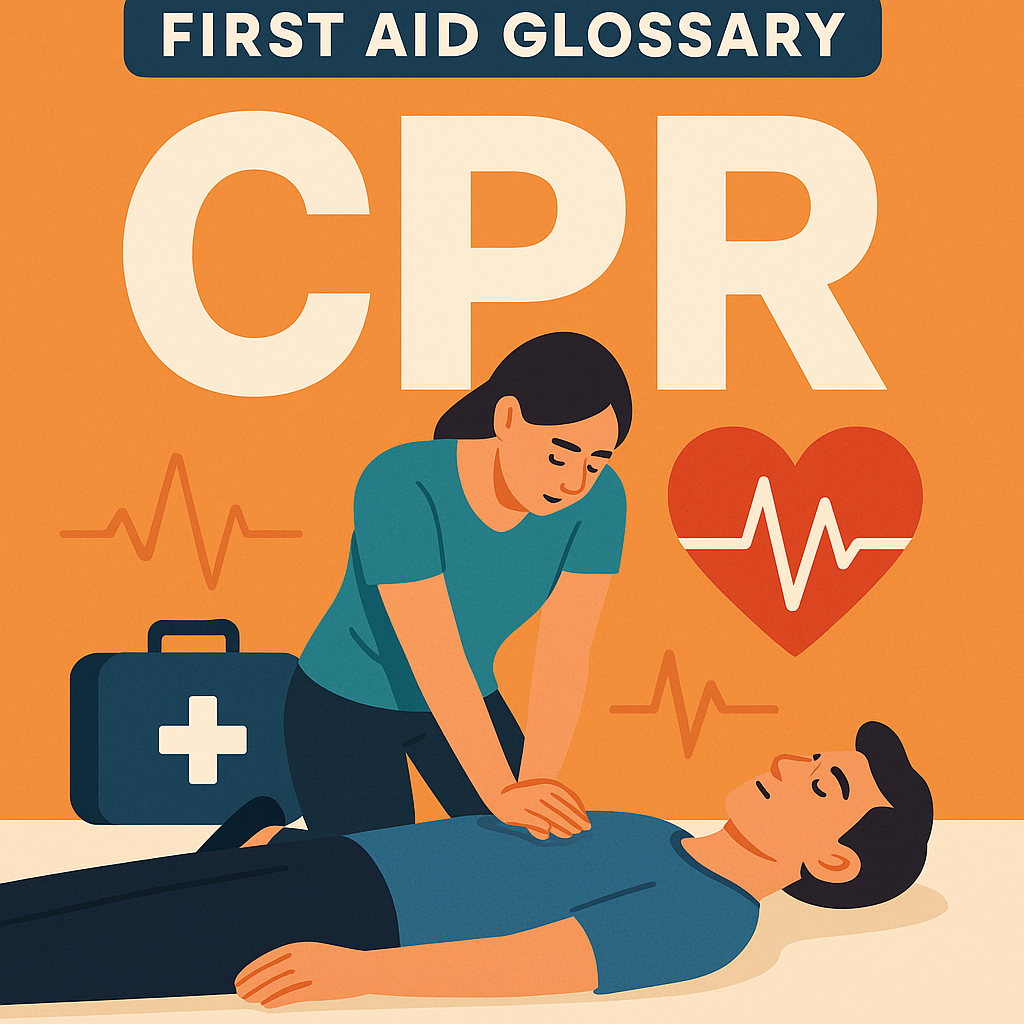
CPR
When it comes to emergency situations, understanding CPR techniques can be your lifeline; knowing how to perform this vital procedure not only empowers you but can also make the crucial difference in saving someone’s life. Don’t let fear hold you back—learning CPR is easier than you think, and your quick response could turn a moment…
-
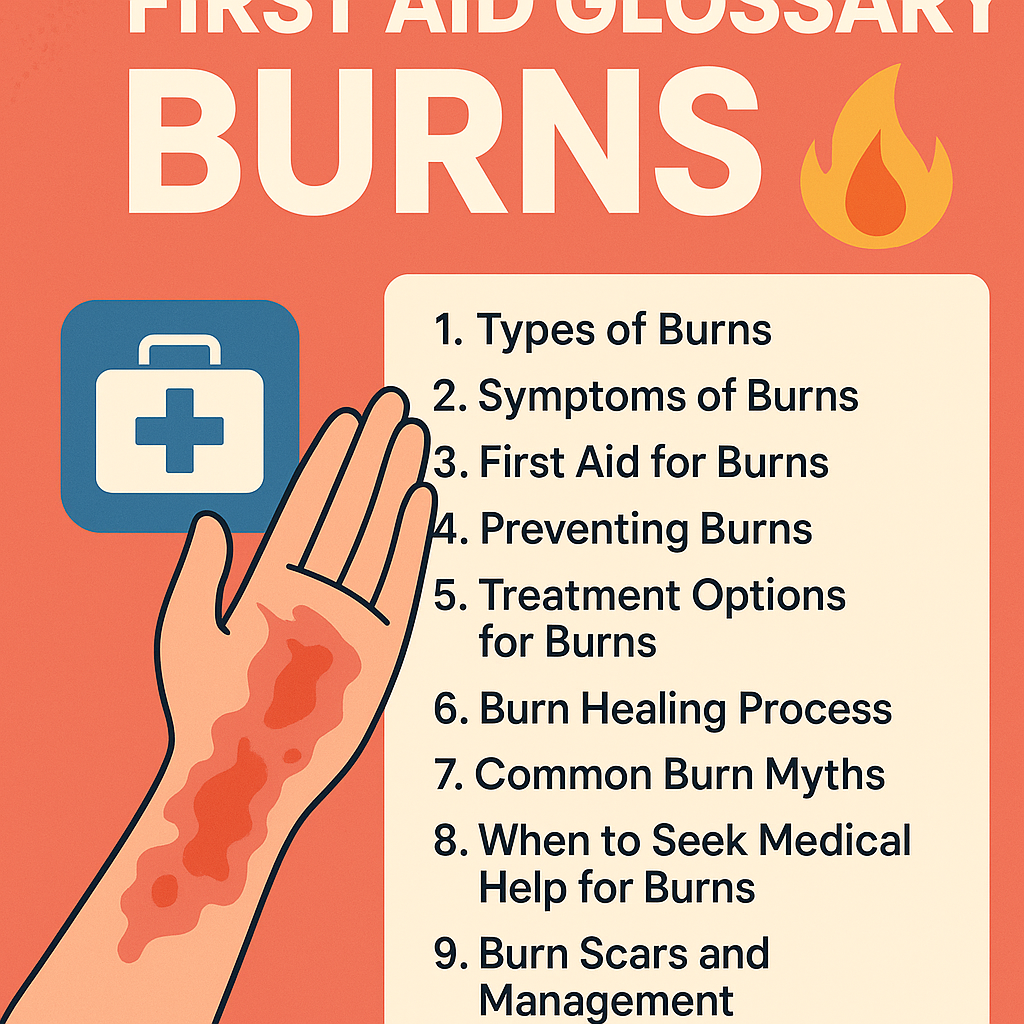
1. Types of Burns 2. Symptoms of Burns 3. First Aid for Burns 4. Preventing Burns 5. Treatment Options for Burns 6. Burn Healing Process 7. Common Burn Myths 8. When to Seek Medical Help for Burns 9. Burn Scars and Management 10. Resources for Burn Survivors
When it comes to burns, understanding the different types and effective burn care is essential for treating injuries swiftly and minimizing damage. Whether its a minor sunburn or a more serious chemical burn, knowing how to respond can make all the difference in recovery.
-
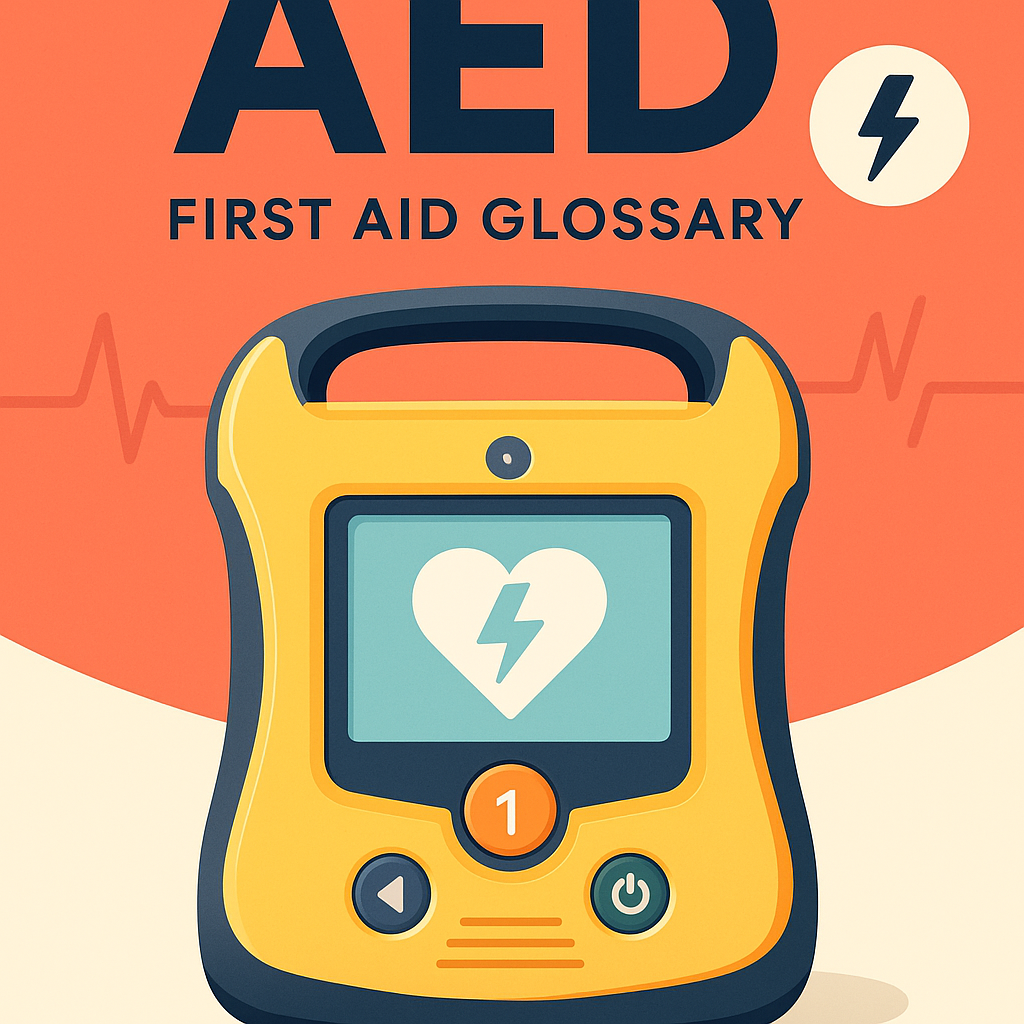
AED
An Automated External Defibrillator (AED) is like a superhero in a box, ready to swoop in and save lives during a cardiac emergency. With clear instructions and a swift response, this portable device can restore a normal heartbeat and dramatically increase survival odds when every second counts.
-
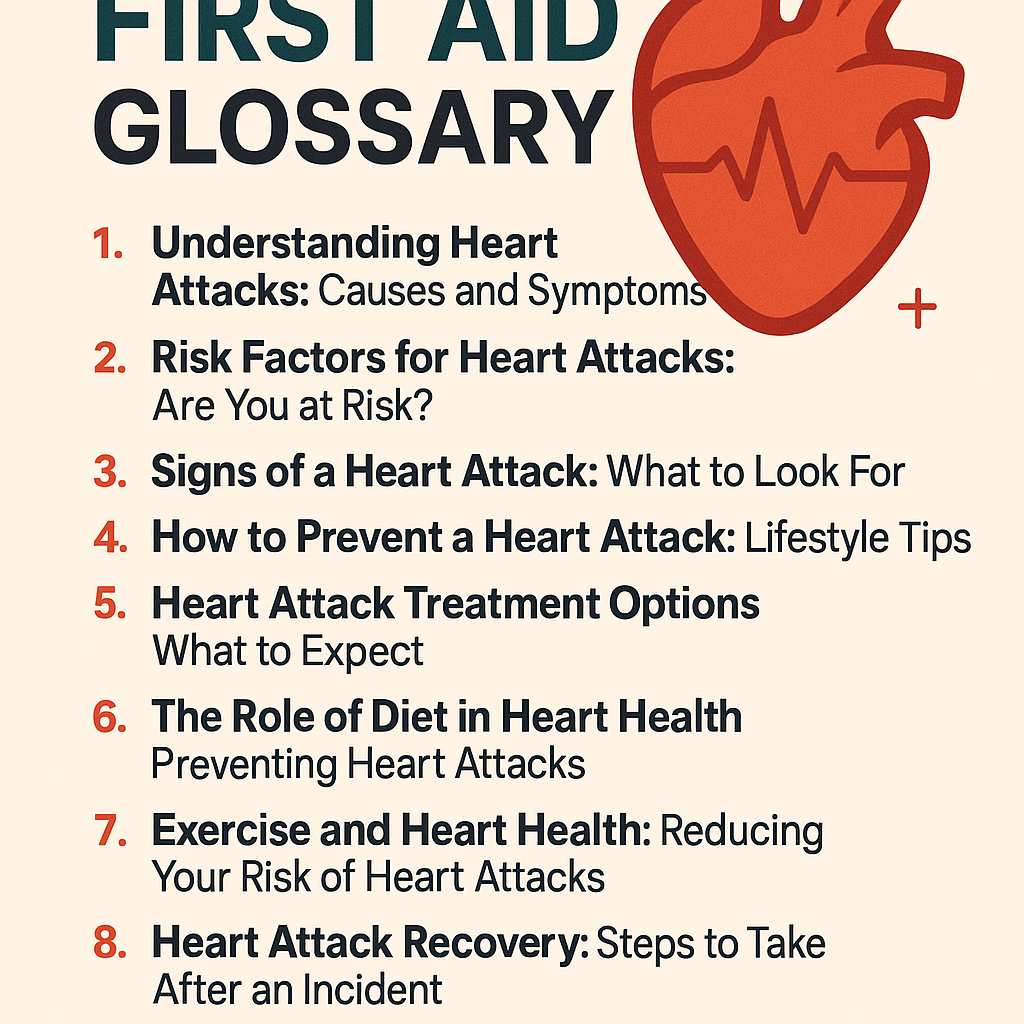
1. Understanding Heart Attacks: Causes and Symptoms 2. Risk Factors for Heart Attacks: Are You at Risk? 3. Signs of a Heart Attack: What to Look For 4. How to Prevent a Heart Attack: Lifestyle Tips 5. Heart Attack Treatment Options: What to Expect 6. The Role of Diet in Heart Health: Preventing Heart Attacks 7. Exercise and Heart Health: Reducing Your Risk of Heart Attacks 8. Heart Attack Recovery: Steps to Take After an Incident 9. Emergency Response: What to Do During a Heart Attack 10. The Importance of Regular Check-ups for Heart Health
A heart attack can strike unexpectedly, and understanding the causes and symptoms is essential for saving lives. From recognizing the signs to knowing your risk factors, being informed can empower you to take control of your heart health and prevent a heart attack before it happens.
-
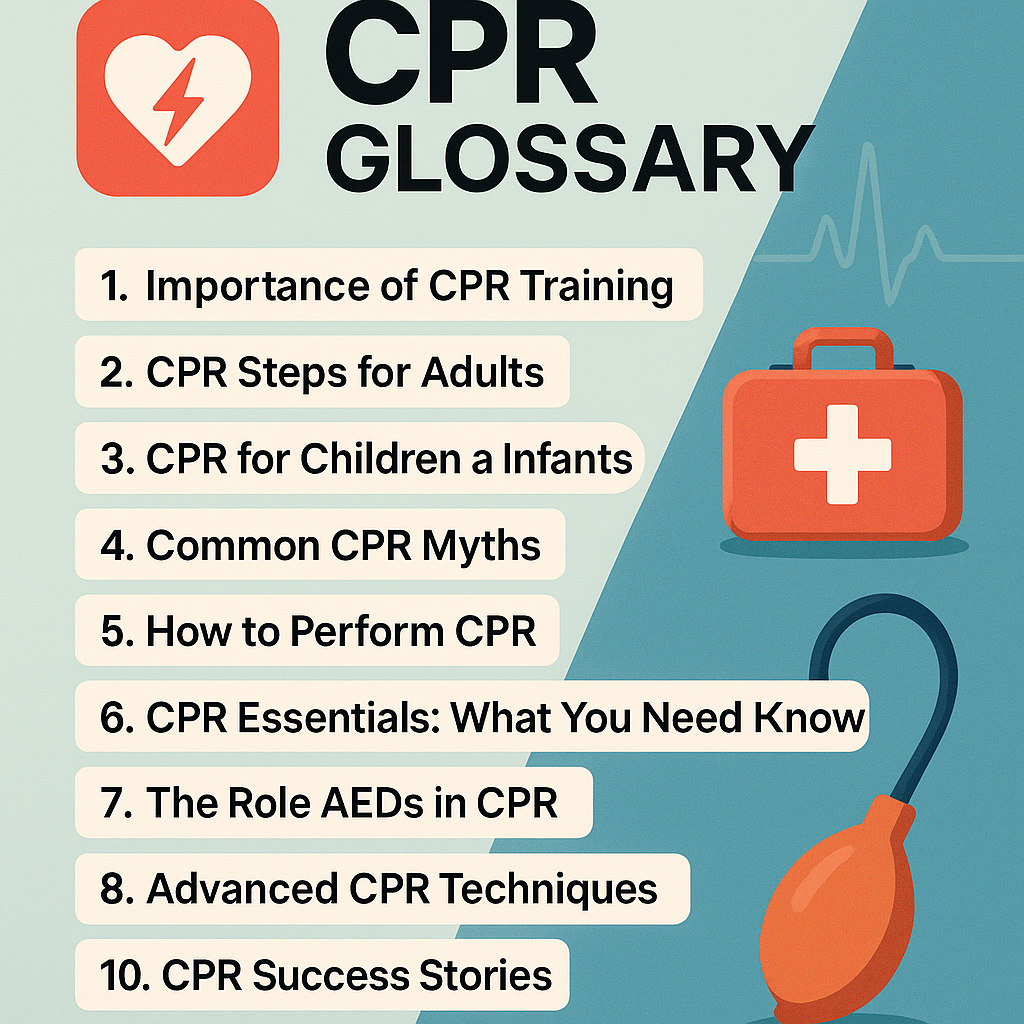
1. Importance of CPR Training 2. CPR Steps for Adults 3. CPR for Children and Infants 4. Common CPR Myths 5. How to Perform CPR 6. CPR Essentials: What You Need to Know 7. The Role of AEDs in CPR 8. CPR Statistics: Saving Lives 9. Advanced CPR Techniques 10. CPR Success Stories
Understanding the importance of CPR training can truly empower you to save a life when it matters most. With the right skills, you can turn a moment of panic into a chance for survival, reinforcing the vital role CPR plays in emergency situations.